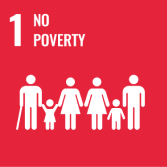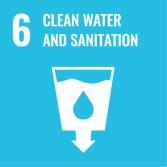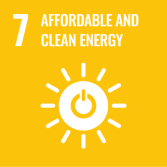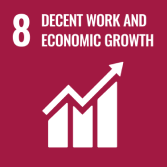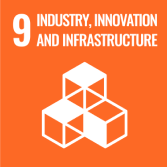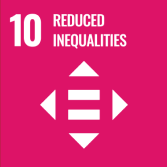Gelidium corneum (Giant Gelidium or Atlantic agar) is a well-known red seaweed harvested for its high-quality agar content. Agar is a mixture of the polysaccharides used in the food industry as a gelling, thickener, clarifying, and stabilizer agent. The best agar quality is
[...] Read more.
Gelidium corneum (Giant Gelidium or Atlantic agar) is a well-known red seaweed harvested for its high-quality agar content. Agar is a mixture of the polysaccharides used in the food industry as a gelling, thickener, clarifying, and stabilizer agent. The best agar quality is also used in the laboratory as bacteriological agar. Yet, in recent years, the species has been studied for many other applications. Examples of uses are pharmaceuticals, cosmetics, food supplements, bioremediation, biofuels, biofertilizers and biostimulants, biomaterials, and nanocrystals, among others. The use of this biomass, though, raises concerns about the sustainability of the resource, since this is not a cultivated species, being harvested in the wild. Thus, other uses of
G. corneum biomass increase pressure on wild stocks already stressed due to climate change. However, in a biorefinery approach, a new trend is emerging, using waste biomass rather than harvested biomass to produce new bio-based materials. These are smart solutions that transform waste into innovative products, useful for various sectors of society while reducing the impact of biomass exploitation. The aim of this review paper, thus, is to address the current state of
G. corneum biology, ecology, threats, its current uses and market, and the ongoing research on innovative proposals in a circular economy framework.
Full article
